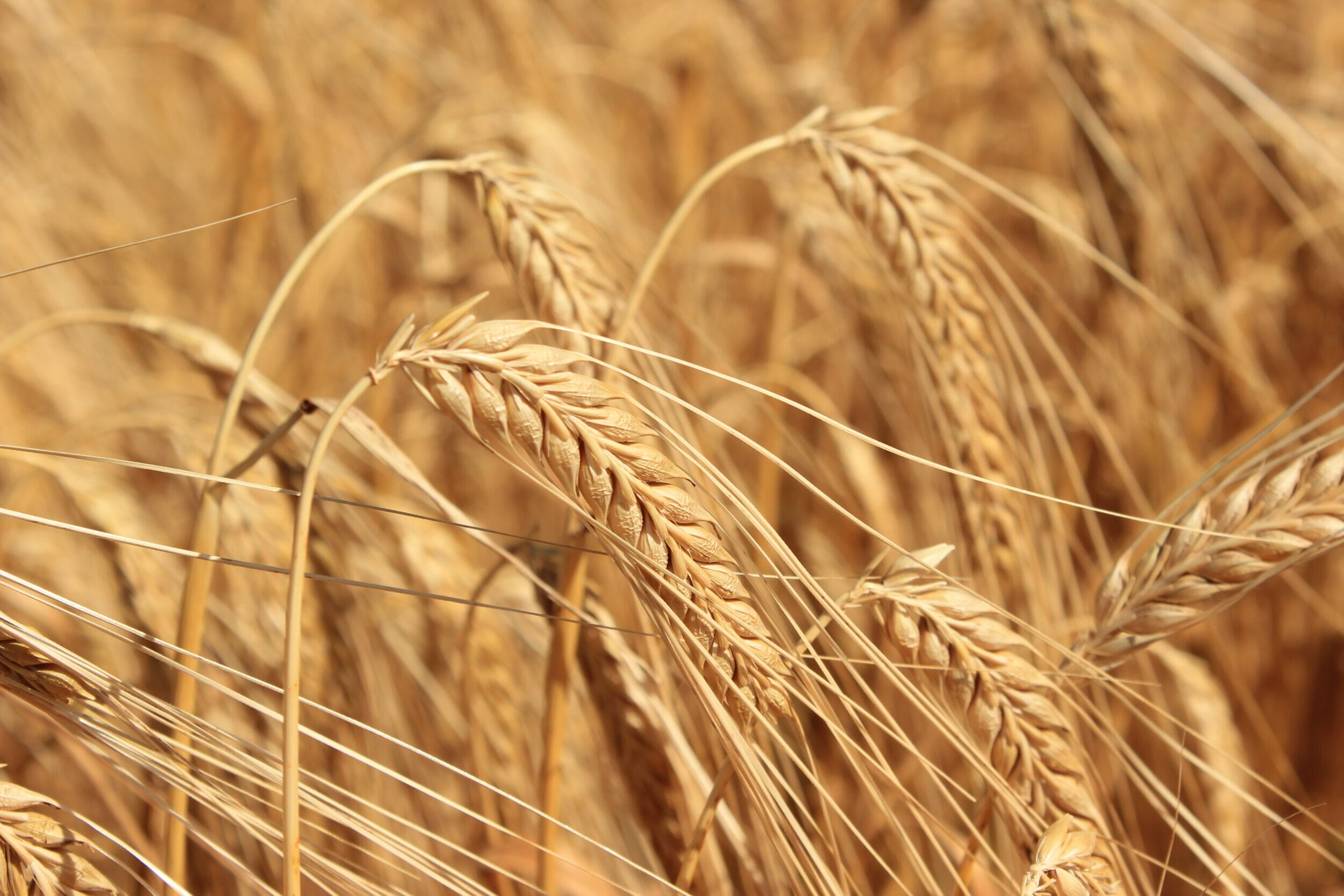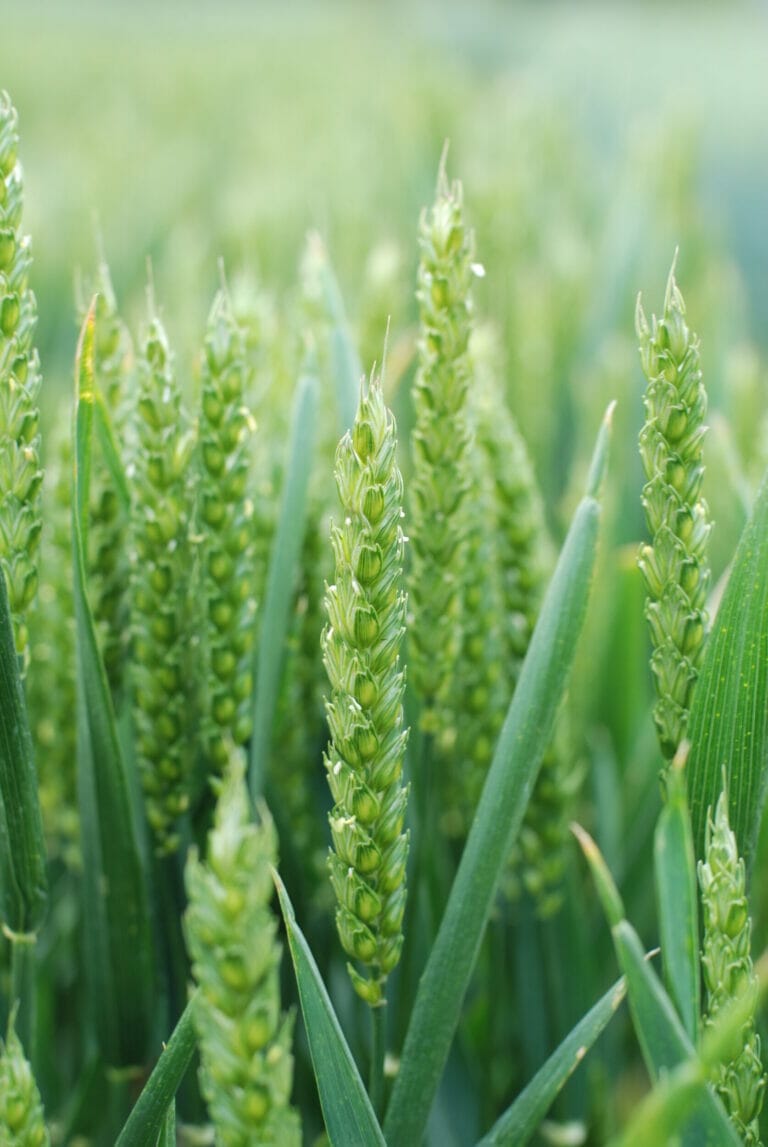
Peter Chapman
Aberdeenshire farmer, Peter Chapman, picked up a YEN Gold for the second time in 2021, after achieving the best percentage of potential spring barley yield from his Sienna spring malting barley, from Limagrain UK.
The crop achieved 82% of its estimated potential yield of 9.7 t/ha, and produced the highest specific weight of all 10 varieties in that category at 72 kg/hl – far exceeding the benchmark of 63 kg/hl.
Mr Chapman won Gold in the same category in 2020 with a crop of LG Diablo, which achieved 87% of its potential 11.1 t/ha yield.
In a year characterised by early summer drought that limited the yield potential of all crops in 2021, he was “pleasantly surprised” with Sienna performance, and will grow it again this season, alongside LG Diablo and a small test area of the new Limagrain UK variety, Jensen.
The 425 ha (1,050-acre) arable and suckler beef farm, which Mr Chapman runs with his wife Grace, grew 64 ha of Sienna last year, and a similar area of LG Diablo. He says both varieties performed well in a tricky season, with Sienna slightly out-yielding LG Diablo. Two other fields of Sienna did even better than the YEN entry, coming in at around 8.4 t/ha, with everything exceeding 70 kg/hl specific weight.
“It produced a beautiful grain sample,” he notes.
With a ready market for feed grain on the doorstep, Mr Chapman’s approach is very much a “high input, high output” system, which has been effective thus far. “Yield and specific weight are my main priorities when choosing varieties, then standing power and agronomics.”
Secrets to success
Mr Chapman is clear there is no single answer to maximising crop potential, but says it begins with careful variety selection and sowing good quality seed into the best possible conditions.
“Achieving good specific weights can often be a worry in Aberdeenshire, as although we get the extra day length in summer, there isn’t the same sunlight intensity as further south. I’ve therefore always been a big fan of high specific weight varieties and it was one of the main reasons we chose Sienna.”
Nickerson Original Seed is purchased via Nick Wallace at Nickerson Seeds, part of the Limagrain Group, as Mr Chapman says the quality and vigour of the seed supplied has always been “really good. It’s never let me down.”
The farm used to home-save much of its seed, however a split field comparison between certified and home-saved seed a few years ago showed a clear advantage from using quality, certified seed, he notes.
“Good vigour is especially important with spring barley, given the season is so short. You need crops to emerge and grow quickly, so it’s vital you sow good seed and establish a strong root system to help plants withstand any drought periods later in the season.”
Healthy soils
Healthy soil with adequate nutrition is fundamental to creating the conditions for strong rooting and healthy crops that can maintain momentum through the season, Mr Chapman continues.
“Our soils are generally in very good condition, with organic matter contents of 7-9%, due to a history of livestock on the farm, plus regular applications of manure and compost.”
Last season, spring barley ground received farmyard manure and premium green waste compost when the Nitrate Vulnerable Zone (NVZ) application window opened in February, before being ploughed.
The YEN field was then drilled on 29 March at 350 seeds/m2, with a phosphate-based liquid starter fertiliser “down the spout” with seed and the main liquid nitrogen application once tramlines were visible.
“It was a difficult spring,” Mr Chapman recalls. “Crops were drilled in perfect conditions, but it was so cold, everything took about a week longer than normal to emerge. Once crops came through, they never looked back though and everything looked tremendous by June.
“The LG Diablo, which we drilled at a lower seed rate of 290/m2, also looked stunning, having made the most of its amazing tillering capacity.”
 Sienna performed well agronomically too, showing good standing power and stayed clean with a reasonable fungicide programme. Crops received two fungicide sprays, on the 7 and 25 June, based around fluxapyroxad, prothioconazole and tebuconazole, with a growth regulator and micronutrients included in the first spray and folpet in the latter. The crop was sprayed off with glyphosate on 15 August, before harvest on 2 September.
Sienna performed well agronomically too, showing good standing power and stayed clean with a reasonable fungicide programme. Crops received two fungicide sprays, on the 7 and 25 June, based around fluxapyroxad, prothioconazole and tebuconazole, with a growth regulator and micronutrients included in the first spray and folpet in the latter. The crop was sprayed off with glyphosate on 15 August, before harvest on 2 September.
Mr Chapman says a prolonged dry spell last June did result in some tillers being lost, which reduced overall yield potential, however crops still yielded well, at the upper end of the farm’s rolling average of 7.5-8 t/ha.
“With a bit more moisture at the beginning of June, we perhaps could’ve been looking at 9 t/ha,” he suggests.
“Overall, I was very happy with how the LG Diablo and Sienna did last year; both in terms of yield, quality and agronomics. I’m also confident that we made the right decision to go fully down the certified seed route, as I can see it really pays for itself.”

































